Space is an intriguing and enigmatic subject that humans have been fascinated with for thousands of years. Over time, we have made remarkable progress in space exploration and have discovered many fascinating facts about the universe. In this blog post, we will explore some of the most interesting and incredible facts about space.
I. The Solar System
The solar system consists of the Sun, eight planets, dwarf planets, and many other objects orbiting the Sun. Here are some exciting facts about our solar system:
A. The Sun
The Sun comprises approximately 99.86% of the total mass of the solar system.
The surface temperature of the Sun is around 5,500 degrees Celsius (9,932 degrees Fahrenheit).
The Sun is estimated to be 4.6 billion years old and is expected to last another five billion years.
B. The Planets
The eight planets in the solar system, in order from the Sun, are Mercury, Venus, Earth, Mars, Jupiter, Saturn, Uranus, and Neptune.
The four inner planets - Mercury, Venus, Earth, and Mars - are known as the rocky or terrestrial planets because they are primarily composed of rock and metal.
The four outer planets - Jupiter, Saturn, Uranus, and Neptune - are known as the gas giants because they are mostly composed of hydrogen and helium gas.
C. Dwarf Planets
There are five officially recognized dwarf planets in the solar system: Ceres, Pluto, Haumea, Makemake, and Eris.
Dwarf planets are similar to planets but are much smaller and less massive.
II. Beyond the Solar System
Beyond our solar system lies an infinite universe filled with countless mysteries waiting to be explored. Here are some fascinating facts about the universe:
A. Overview of the Universe
The universe is thought to be approximately 13.8 billion years old.
The observable universe is believed to contain over 100 billion galaxies, each with hundreds of billions of stars.
The universe is expanding, and the rate of expansion is increasing.
B. Galaxies
Galaxies are enormous collections of stars, gas, and dust held together by gravity.
The Milky Way, our home galaxy, is estimated to contain between 100 and 400 billion stars.
The largest known galaxy is IC 1101, which is around 50 times larger than the Milky Way.
C. Black Holes
Black holes are regions of space where the gravitational pull is so strong that nothing, not even light, can escape.
Black holes are formed when massive stars collapse at the end of their lives.
The largest known black hole is S5 0014+81, which has a mass of 40 billion times that of the Sun.
D. Dark Matter and Dark Energy
Dark matter and dark energy are two of the biggest mysteries in the universe.
Dark matter is a type of matter that does not interact with light and is believed to make up about 85% of the matter in the universe.
Dark energy is a mysterious force that is causing the expansion of the universe to accelerate.
III. Space Exploration
Humans have been exploring space for centuries, and we have made significant progress since the first rocket launch. Here are some facts about space exploration:
A. Satellites
Satellites are objects that orbit the Earth and are used for communication, navigation, and scientific research.
The Soviet Union launched the first artificial satellite, Sputnik 1, in 1957.
Currently, there are more than 2,800 active satellites orbiting the Earth.
B. Space Probes and Rovers
Space probes and rovers are unmanned spacecraft that are sent to explore space and other celestial bodies.
The first space probe, Luna 1, was launched by the Soviet Union in 1959 and became the first spacecraft to reach the moon.
The first rover, Sojourner, was sent to Mars in 1996 by NASA's Mars Pathfinder mission.
C. Manned Spaceflight
Manned spaceflight is the act of sending humans into space.
Yuri Gagarin, a Soviet pilot, became the first human to journey into space in 1961 aboard the Vostok 1 spacecraft.
The first American to orbit the Earth was John Glenn, who flew aboard the Friendship 7 spacecraft in 1962.
D. International Space Station
The International Space Station (ISS) is a habitable artificial satellite that orbits the Earth.
The ISS is a collaboration between five space agencies: NASA, Roscosmos (Russia), JAXA (Japan), ESA (Europe), and CSA (Canada).
The first module of the ISS was launched in 1998, and it has been continuously inhabited by humans since 2000.
In conclusion, space is a vast and fascinating subject that continues to inspire and intrigue humans. From our solar system to the farthest reaches of the universe, there is so much to discover and explore. With continued advancements in space technology, we can expect to uncover even more incredible facts about space in the years to come.
Learn more about what’s in our Solar System with our Facts About Solar Winds; the planets Earth, Mercury, Venus, Mars, Jupiter, Saturn, Uranus, Pluto and Neptune and the Moon.



Please do not enter any spam link in the comment box.